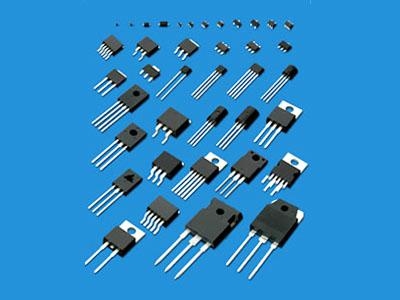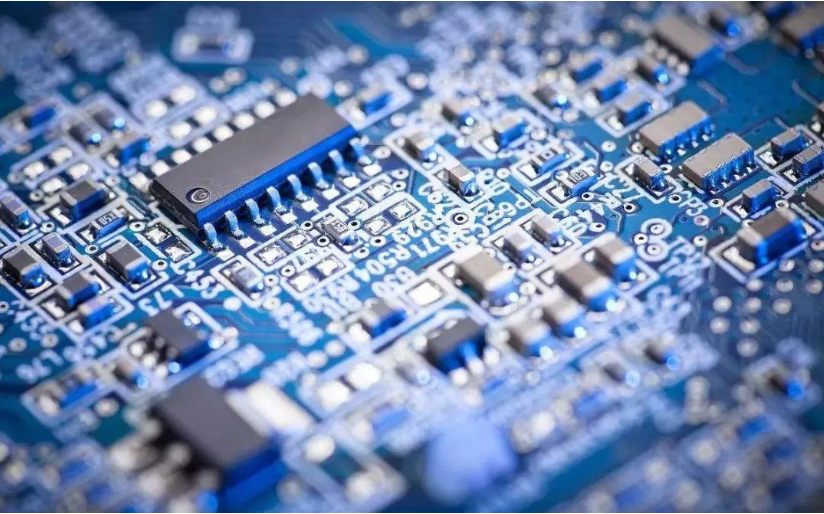PRODUCTS
We provide you with a one-stop service for massive selection of electronic components

INFORMATION
Overview of information, trends, and policy information in the electronic component industry, with a clear view of the world
What is the market demand for wireless charging mobile power supply
What is the purchase price of the latest flash charging wireless mobile power supply?
What are the advantages of wireless flash charging products for mobile power supply?
What are the advantages of devia wireless charging mobile power supply products?
Common Suction Cup Wireless Charging Mobile Power Suction
Xiaomi wireless charging mobile power supply is mainly used in which finished products

















